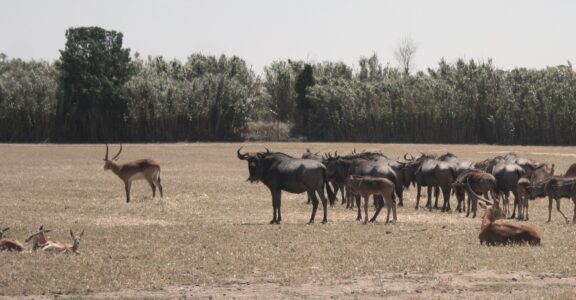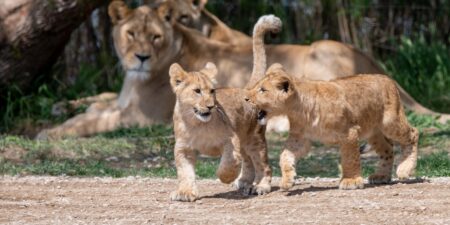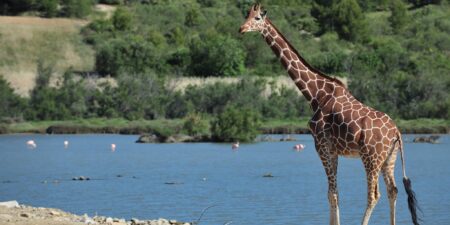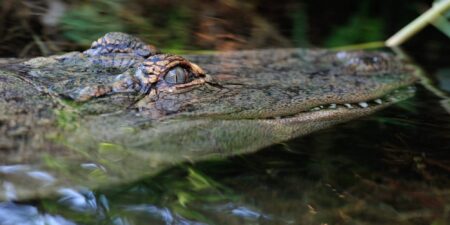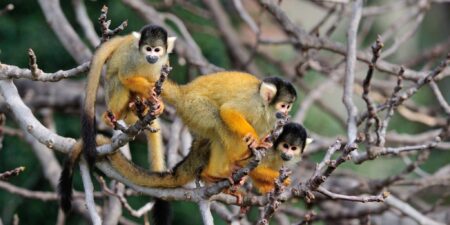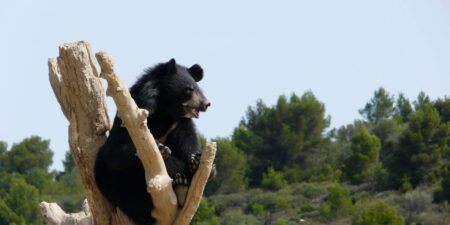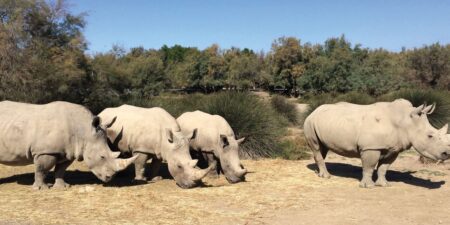Originally, a natural environment to be preserved
In the 1970s, 15 km south of Narbonne, on the edge of the Etangs de Bages-Sigean, at the mouth of the River Berre and around an area of former salt pans converted into a vast pond called L’Œil de Ca, areas of garrigue, occasionally interspersed with vines, represented an undeveloped natural area, rich in flora and fauna, which needed to be preserved.
It was with this in mind that the Languedoc-Roussillon interministerial mission, known as the racine mission after its president, in charge of coastal development, gave the go-ahead in 1972 for the creation of an animal park that would be unique in its size, original in its extensive breeding protocols, well integrated into the natural environment and capable of contributing to its protection while developing a conservation activity for essentially African animal species.
Created on the initiative of Paul de La Panouse and Daniel de Monfreid, the Réserve Africaine de Sigean opened to the public on April 8, 1974.
Over the years, the Réserve Africaine de Sigean has grown steadily, and its herds increasingly include species covered by European breeding programs (EEP). Some protected species, such as migratory birds, have a range that extends beyond the African continent. Others, although non-African, such as Tibetan Bears, have been entrusted to us for conservation reasons.
The only constraint to ensure the success of these farms is to choose species capable of adapting to the Languedoc climate, characterized by plenty of sunshine and generally mild winters.
Today, almost 900 mammals, 600 reptiles and 2,000 birds are bred at the Réserve Africaine de Sigean. These figures are, of course, only an estimate. A permanent inventory of species living in total freedom is impossible.
La Réserve opens to the public
Publication of the Park’s first guide book
1st birth of a White Rhinoceros
Opening of the Grande Volière
50 years of the Park
A GREAT WEALTH OF WILDLIFE CHARACTERIZES THIS
Protected natural environment
Daniel de Monfreid’s plans for the park when it was authorized in 1974 included a commitment to conserving and protecting the natural environment. A vast peripheral zone extending as far as the Bages-Sigean ponds was to ensure the biological protection of the species.
To the best of our knowledge, this innovative concept of wildlife conservation in a “natural” environment is unique.
Birds are the primary beneficiaries of this protection. Thanks to its geographical location close to the Mediterranean coast, the Réserve Africaine is on the route taken by many migratory birds that fly along the coast, around the Pyrenees, to Spain or Africa in winter, and back in summer.
These migratory birds don’t hesitate to stop off on the Reserve’s well-protected ponds: Cormorants, scaups, red-crested nuthatches…, but also “great waders”: little egrets, grey herons, grey cranes, pink flamingos, black storks, white storks…, the latter land by the dozens at migration time, and some of them, now sedentary, nest on the site.
Many other species of local fauna also frequent the Reserve or are sedentary there: seabirds such as gulls, seagulls and terns, and pond and river birds such as mallards, shelducks, coots, moorhens, stilts, night herons, kingfishers and European bee-eaters, to name but a few.
